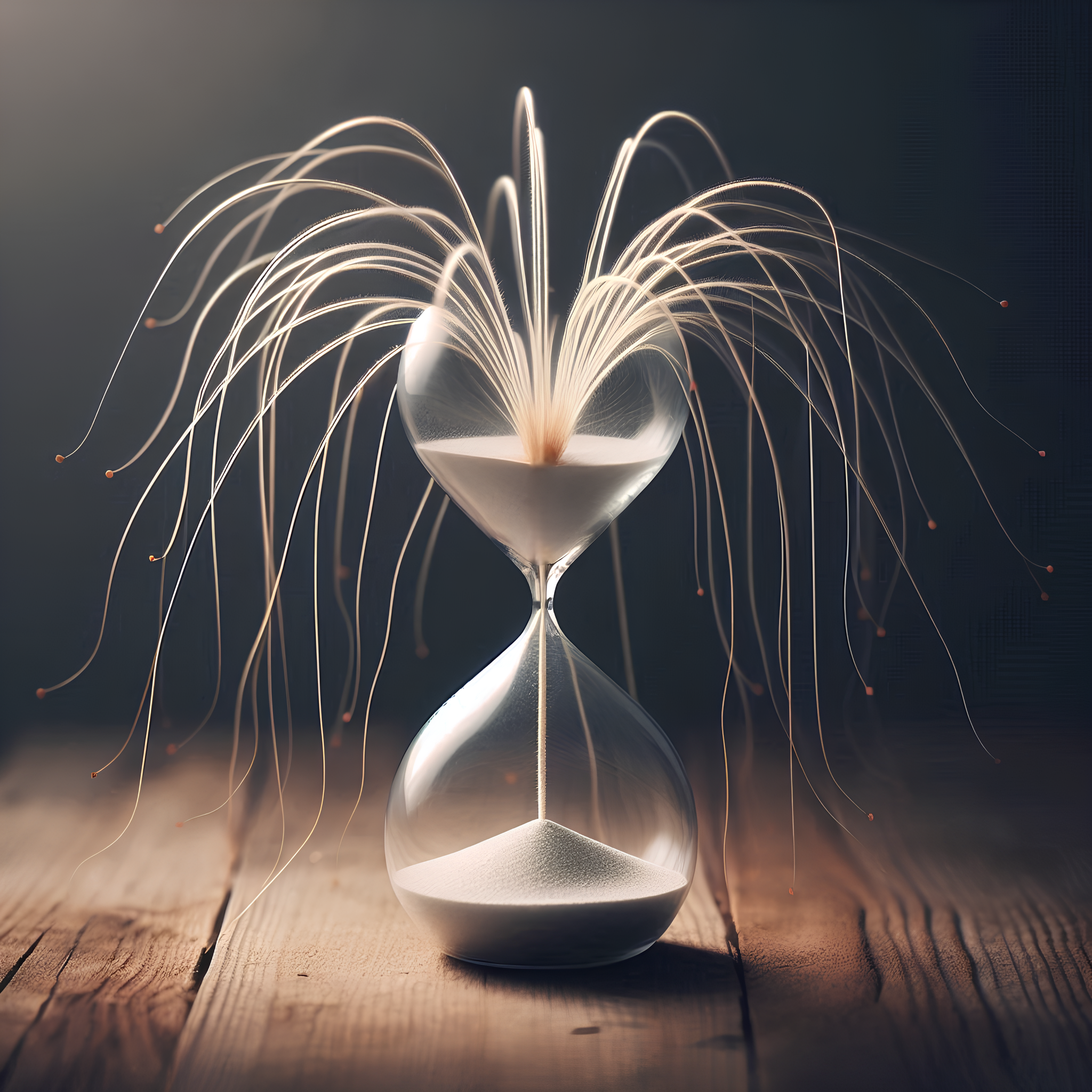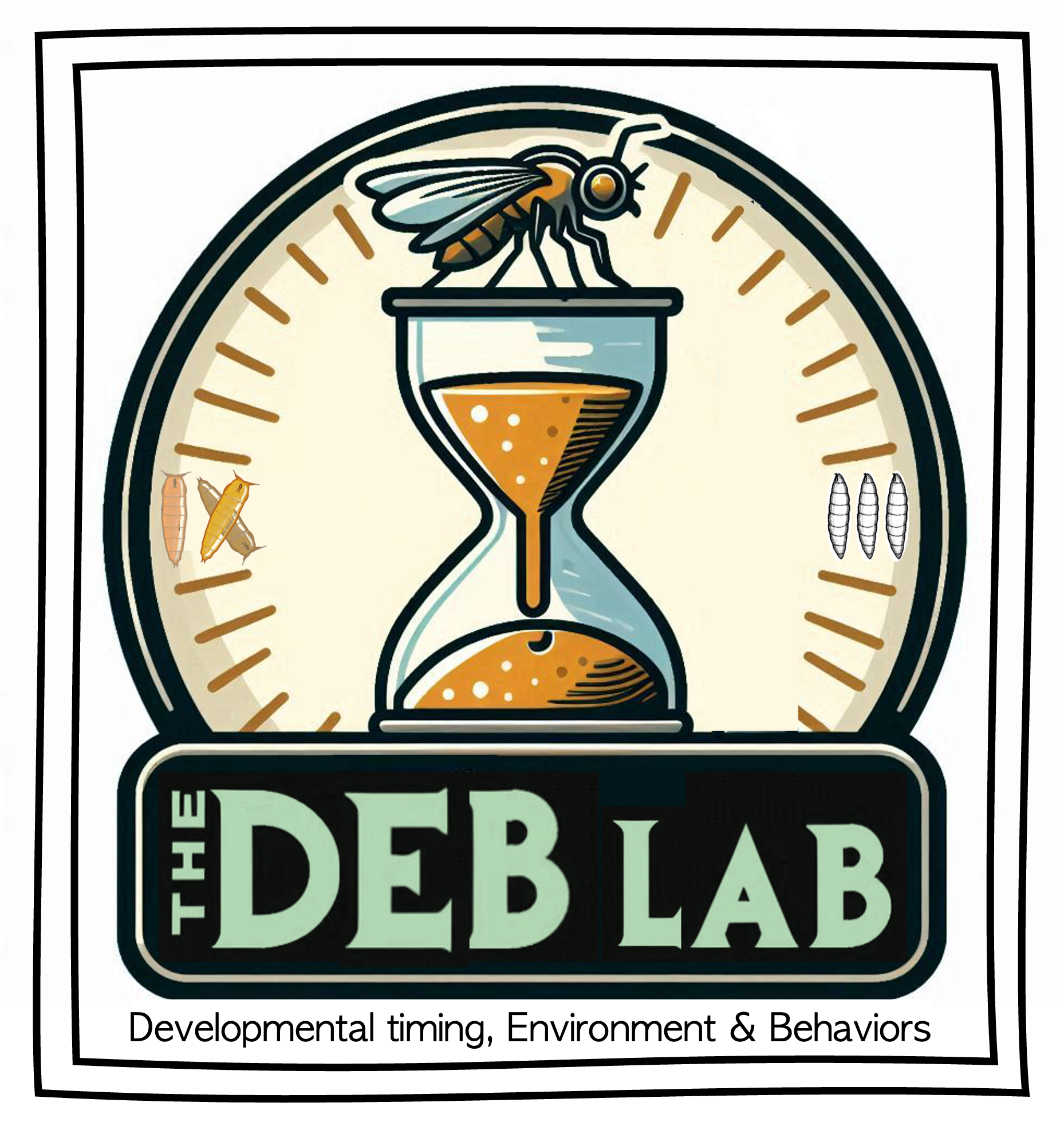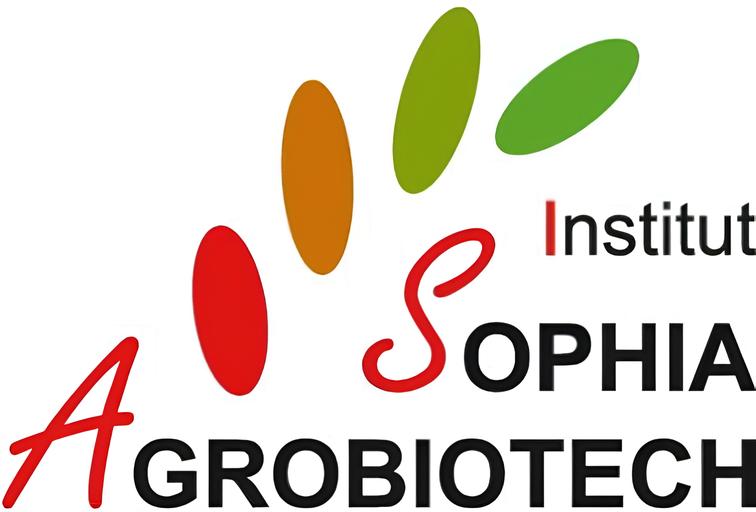
Project 1: Filopodia and Developmental Timing
In this project, we study how the endocrine glands induce a surge of steroid hormone, ecdysone. Ecdysone acts like a switch, triggering metamorphosis, and is released by a specific gland in the fly at the right moment. Traditionally, it was thought that steroid hormones like ecdysone simply diffused out of cells, but recent research shows it is more complex than that. Our team discovered that the gland producing ecdysone has tiny structures called filopodia, which act as specialized structures for releasing the hormone. These projections play a key role in regulating ecdysone release. When these filopodia are disrupted, the timing of development is delayed since ecdysone secretion is strongly affected, highlighting how essential they are for triggering the transition. Interestingly, we observed that the size and density of these filopodia change during late larval stages, matching with the timing of ecdysone peak and suggesting a fine-tuned process. This discovery provides exciting insights into how endocrine glands precisely control hormone release, opening new research paths into the regulation of developmental timing.
Click here to know more










